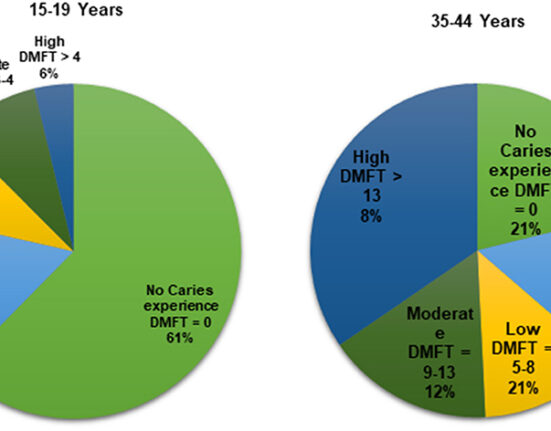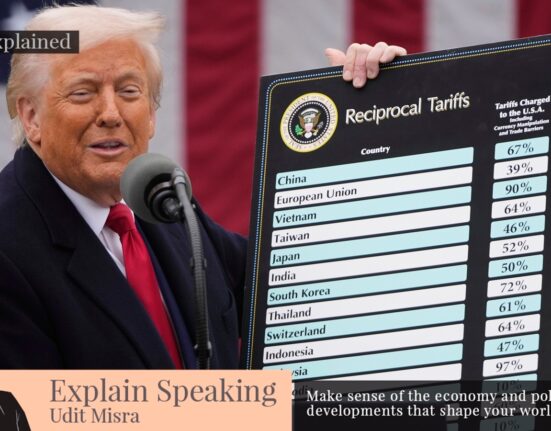Wandering the vibrant streets of Shenzhen, China’s innovative city known for its advancements in new-energy vehicles (NEVs), you will encounter a bustling scene of green and low-carbon initiatives. Shenzhen, with its population nearing 18 million, sits on the border with Hong Kong and has been at the forefront of China’s economic evolution for over four decades. Today, it is leading the charge in carbon mitigation efforts and setting an example as a pioneer in constructing low-carbon cities across China.
Shenzhen stands out as the first Chinese city to completely replace all buses, taxis, and ride-hailing cars with electric versions. Remarkably, around 77% of all new cars sold in Shenzhen in 2024 were NEVs, surpassing the national average by a significant margin. The city has also implemented a carbon emissions cap ahead of national regulations and introduced local emissions trading systems (ETS) and green bonds to support its transition towards sustainability.
Wei Fulei from the China Development Institute highlights that Shenzhen’s journey towards a low-carbon future was not an overnight success but rather a result of meticulous planning, government backing, and market-driven solutions. The city embarked on its low-carbon transformation back in the 2000s when air pollution levels peaked. By strategically nurturing emerging industries like information technology and fostering innovation hubs that supported low-carbon technologies such as NEVs, Shenzhen laid the foundation for its environmental initiatives.
Shen Xinyi from the Centre for Research on Energy and Clean Air emphasizes that Shenzhen’s success lies in its ability to nurture new industries like wind power, solar energy, and EVs through innovative policies despite high risks involved. This proactive approach has propelled significant growth in NEV companies within the region while reducing emissions from traditional transportation sectors.
Moreover, Shenzhen’s commitment to “dual control of carbon
” sets it apart from other cities in China by focusing on both energy intensity and carbon intensity reduction targets. By aligning early with national strategies to regulate carbon emissions effectively beyond 2030, Shenzhen has established itself as a trailblazer in sustainable urban development.
The city’s emphasis on transitioning to clean energy sources is evident through efforts like leveraging nuclear power plants – comprising 35% of total power generation – along with plans to increase natural gas usage and enhance renewable energy capacity. Despite facing challenges due to heavy reliance on imported electricity limiting emission controls locally during peak demand periods – they aim at boosting renewables’ share up to 90% by 2025 compared to just around half nationwide.
Shifting towards “
green finance,
” Shenzhen prioritizes market mechanisms over excessive government intervention by issuing “green bonds” promoting private investments into eco-friendly projects. These financial instruments play a pivotal role in driving low-carbon transitions within cities where cost barriers often hinder sustainable industrial growth.
While hailed as the “Shenzhen model” for sustainable urban development globally following accolades at COP29 last year showcasing notable achievements including reduced energy consumption per unit GDP one-third lower than national averages – experts caution against blind replication elsewhere due unique regional advantages this model leverages making it less applicable universally across diverse Chinese landscapes.
As Shen points out: “
For some cities like Beijing or Shanghai who similar have strong technological bases may find inspiration from Shenzen but others must adapt strategies according local conditions.” In essence , each city must tailor their approach based resource endowments environmental settings industrial strengths maximize benefit from comparative advantages paving way greener future nation-wide.









Leave feedback about this